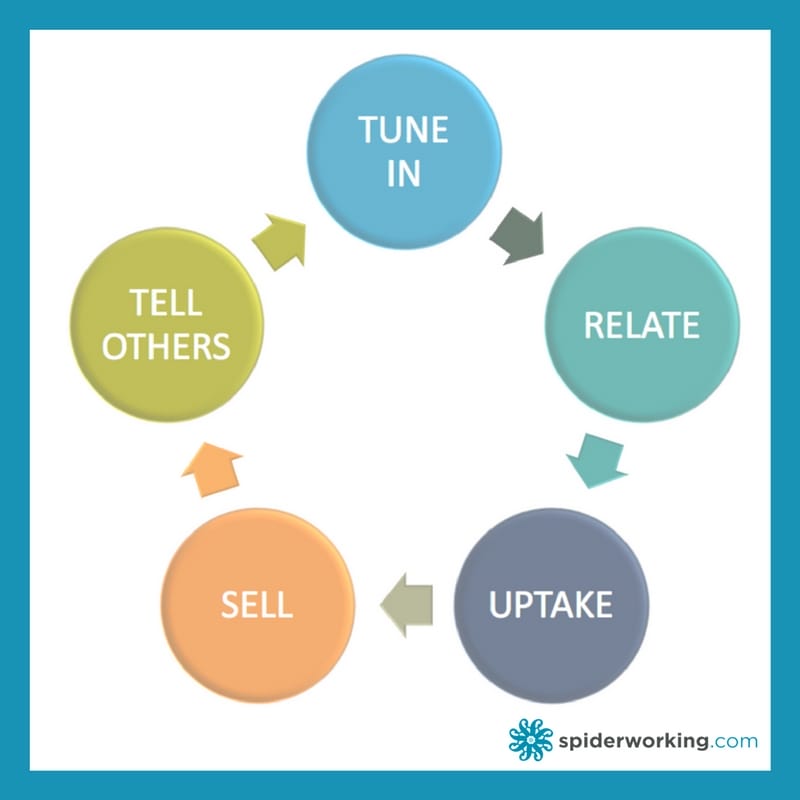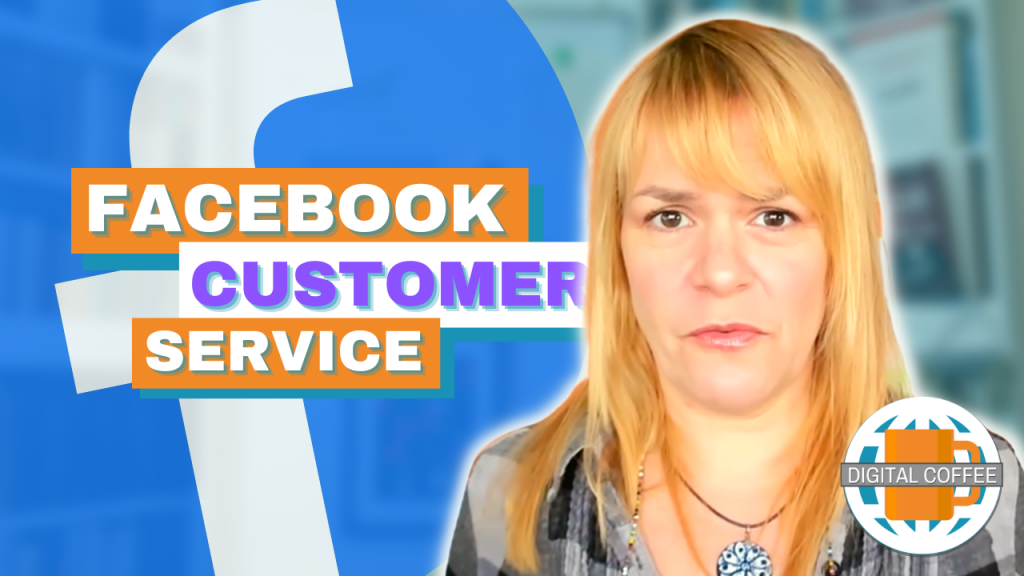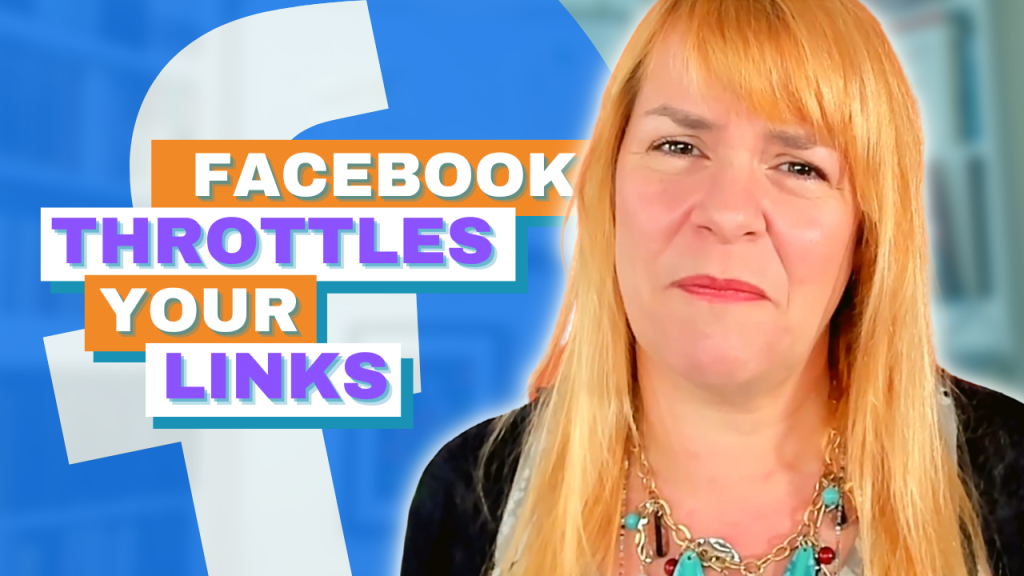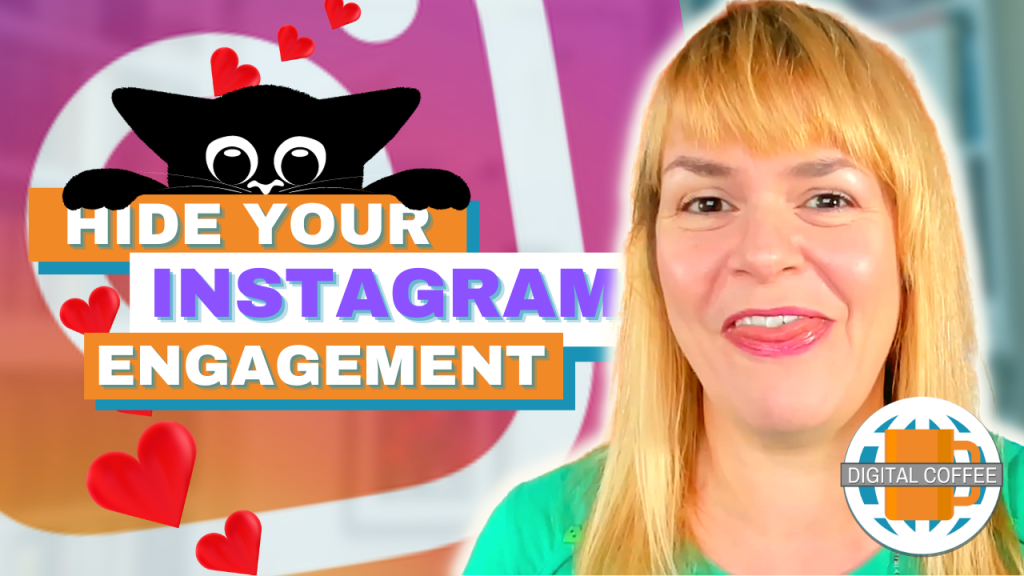
Do your readers trust you? Do they trust you enough to buy from you? How can you build and nurture that trust? The ‘Circle of Trust Content Plan’ is designed specifically to help you do just that.
When I started my first business I made the mistake many new business owners made. I launched my business and expected people to buy from me. Immediately.
I did get a couple of sales early on, from supportive friends, but it was going to take a whole lot more work to get the business ticking over.
I needed to sell to people beyond my circle of friends if I was going to be successful.
My blog was an early addition to my marketing armoury but even then I didn’t get it right straight away. I plugged away at creating content but I wasn’t always creating the right content for the right people. The content that would attract them, nurture them and convince them to buy.
I was blogging without a real purpose, without a plan, I wasn’t thinking about how I could use my content to build trust.
Sound familiar?
Our friends buy from us because they know us and trust us to deliver. We need to replicate that in our blog audience.
That’s where the Circle of Trust Content Plan comes in
The ‘Circle Of Trust Content Plan’ will help you build trust with your readers. We’re going to look at each stage of the circle and the type of content you can create.
Listen below to find out more
Podcast: Play in new window | Download
Subscribe: Apple Podcasts | RSS
I look at a lot of business blogs and there are two big mistakes that I encounter time and time again.
- Businesses talk about themselves and promote too much, so much so that readers aren’t interested in visiting their site.
- They only offer soft content, it attracts readers but they don’t become leads or customers. They don’t learn about your business.
If we’re going to be successful we need to balance content that attracts new readers and encourages them to buy.
To do this we need to build a content plan based on trust. I call it ‘The Circle Of Trust Content Plan’.
The circle of trust consists of five phases that our customers pass through:
Tune in
Relate
Uptake
Sell
Tell others

Each phase requires content.
Tune In

This is all about attracting new people to your business. Your goal is to reach as many people within your target market as possible.
There are a few ways you can approach this.
1. Write about broader topics
If you’ve created a customer persona you’ll have a good idea of the things that your ideal customer is interested in. They may not be directly related to your business but if they share a common interest you can tap into that with your ‘Tune in’ content.
For example a local bar might write about local news, feature local celebrity interviews or talk about remote working.
They will attract a local audience and an audience of people that need to find somewhere to work whilst they are in town.
Read more on creating customer personas here.
2. Go all in on SEO
Search for keywords not just related to your business but the topics you know your customer is interested in. Identify the top topics and write thorough posts about them. You’ll find lots of keyword tips in my interview with Ray from FreshBananas.
3. Approach guest bloggers
Asking people to write guest posts for you will expand your audience beyond your usual bubble. Guest bloggers will add knowledge to your site and share your content with their own audiences.
Read more about creating a guest post strategy here.
4. Newsjacking
What’s hot in the news at the moment? What are the top topics being discussed in your industry? Can you find an angle and write about it?
It doesn’t always have to be a news story. Our local bar could create a cocktail for the finale of the current series of Dr. Who called ‘The Sonic Screwdriver’ (if they knew this would interest potential customers). Then share the recipe and a short video on the blog showing readers how they came up with the idea and how to make it.
5. Shareable content
It’s not easy to come up with shareable content. There’s an art to it. Writing an expert round-up post or an ‘ultimate guide’ can help if you pick the right topic.
Roundup posts work well. If you pick the right contributors they’ll share your post giving you a reach way beyond your regular audience.
My roundup post for International Women’s day featured the morning routines of 17 successful women and is still one of the top shared posts of 2017 on my blog.
Find out more about writing expert roundup posts here.
Relate

Now people have discovered you and tuned in, the next stage of building trust is getting them to relate to you. Your Tune in content was all about attracting an audience based on their interests.
Your relate content is more specifically about your business and industry. It’s still not sales content but it has more relevance to you.
Here are some content types that you can use in your relate content.
1. Tutorials
Share processes and step by step guides to help your customers with the specific problems they have. Our local bar could share tips on organising a work night out, how to pair beer with food or the official rules of darts (or other bar games they have).
2. People
People are the heart of your business and it’s people that make your audience trust you.
When someone walks into your premises, gives you a call, drops you an email or starts a messenger chat they’ll feel more comfortable if they’ve seen your face.
Can you feature interviews with staff or encourage them to write posts/record vlogs and podcasts for you?
You should also use your own stories to help the audience relate to you. I started this post with a story about my first business did it help you relate to me?
3. Reviews
This works particularly well if you have a commerce business. What products do you stock? Can you review them or will you ask others to do it for you? Honest reviews that talk about the good and bad will help you build trust with your customers.
Mick’s Garage do this particularly well.
If you don’t have a commerce business look at products that are related to your business and industry that you could review. Maybe there’s a new book out that your customers will be interested in. Is there a TV show on relating to what you do?
4. Industry news
What’s happening right now in your industry? Can you write a weekly or monthly update about the things your customers really need to know and how it relates to them? Are there specific topics that you want to cover in more detail?
Sometimes this won’t be breaking news, it could be seasonal. For example, every Christmas my posts about Facebook competitions get a boost. I reshare them every year.
Uptake

We’ve begun to build trust with our audience. Instead of getting them to take the leap to buying straight away we can get them to make a smaller initial commitment.
This could be asking them to hand over their email address or phone number so you can stay in touch. Or you can encourage them to visit key web-pages so you can retarget them with social ads.
We need to incentivise this with our content. Here are some ideas:
1. Content upgrades
Do you have a download that compliments your blog post? This could be a simple printable version of the post, a checklist or an eBook.
Our local bar could have a party planning checklist, a downloadable cocktail recipe eBook or even better a voucher to taste some of the beers they have reviewed in-house.
Read more about how my lead magnet performs here.
2. Cornerstone content
Look at each type of customer or each product range or service you want to sell and create an epic piece of content (or series of content) around it.
Make sure you have your Facebook, Twitter, Pinterest and search pixels installed so you can retarget visitors to those pages with ads.
You’ll know that the people who visit those pages are interested in specific aspects of your business making it a more relevant audience to sell to.
3. Competitions
If you are reviewing a product consider running a competition on the blog post as part of the review. Your aim should be to get an email address or phone number as part of the entry process so you can stay in touch and sell to them later on.
Sell

Actual sales won’t happen on your blog but you need to have supporting information that will encourage the sale. You need to make sure that your reader has every piece of information they need in order to buy from you.
This is where Marcus Sheridan’s ‘They ask, we answer’ content kicks in.
1. Answer all the questions
The frequently asked questions page on a website is often lacking. It’s hard to answer every question your customer could possibly have on just one page.
Instead, write in-depth content that answers everything your reader could possibly need to know before buying. This should include price, the process your customers need to go through and any other common questions you are asked.
Keep a note of every question you get asked by readers, customers and other people you meet and write a post about each. You can link to these from your FAQ page or create a ‘Learning centre’ on your site that features them.
2. Call to actions
Write about your product and service in an honest way. It’s just as important to point out the downsides of your offering as the upsides. For example, you may be the best but you’re probably not the cheapest. Perfection comes at a price after all. Be clear about this and your customer will trust you.
Read more about Calls To Action here.
Tell others

The final phase of our Circle of Trust Content Plan is the one that completes the cycle. Once a customer has done business with your, or even if they haven’t but you’ve helped them in some way they’ll want to share their experiences.
The beauty of Tell others content is that it feeds new people into the circle, if you can get your customers sharing you’ll be reaching their friends and connections.
There are two key ways you can encourage this:
1. Case studies/Testimonials
The testimonials page on a website tends to look stuffy and dull. You can make them more believable by adding nice images and video but you can’t beat a good case study.
Case studies allow you to dive deeper into a testimonial. To tell a story that shows exactly how a customer benefited from your business.
Start with the problem they had, talk through the process of solving it and quote results. Include photos (and video if possible) of your customers. This will help your audience understand more about how you can help them and the story format will make for a good read. Far better than those stuffy testimonial pages.
2. User Generated Content
Are your customers active online? Can you inspire them to share photos, videos, tweets about their experiences with you.
One of my favourite restaurants in Dublin offers prizes for the best food photos shared online with their hashtag.
If you run a campaign like this you can choose your favourites and create a blog post with them. This works particularly well with Instagram as the visual nature makes it more attractive.
One note, write some good terms and conditions that make it clear how you are planning to use the user generated content.
3. Shareable content
There’s a local restaurant in Athy that I love. The food is amazing and although they don’t blog I’m always looking for opportunities to share my love of the restaurant with my social connections. Yes, I take photos each time I’m there and share it widely but I’d love some more meaty content from them that I could pass on to friends.
A blog post about their story, how they set up the restaurant. Articles about their suppliers and how they choose their ingredients, all of this would help me promote their business without getting too heavy handed with the sales.
What’s next?
Of course, some content will fit into more than one category but by consciously thinking about the phases of the circle you’ll ensure that you have a more focused content schedule.
There’s no time like the present. Sit down and brainstorm content ideas for each phase and start planning your content.
If you find yourself going off track remember my story. People don’t just find you and buy from you. They need to trust you before they commit themselves to you and your product.
Balance your content using the Circle of Trust and you’ll gain the trust of your customers and continue to attract new audiences.
Get FREE ACCESS to Analytics Day 2024 - 11th June 2024









